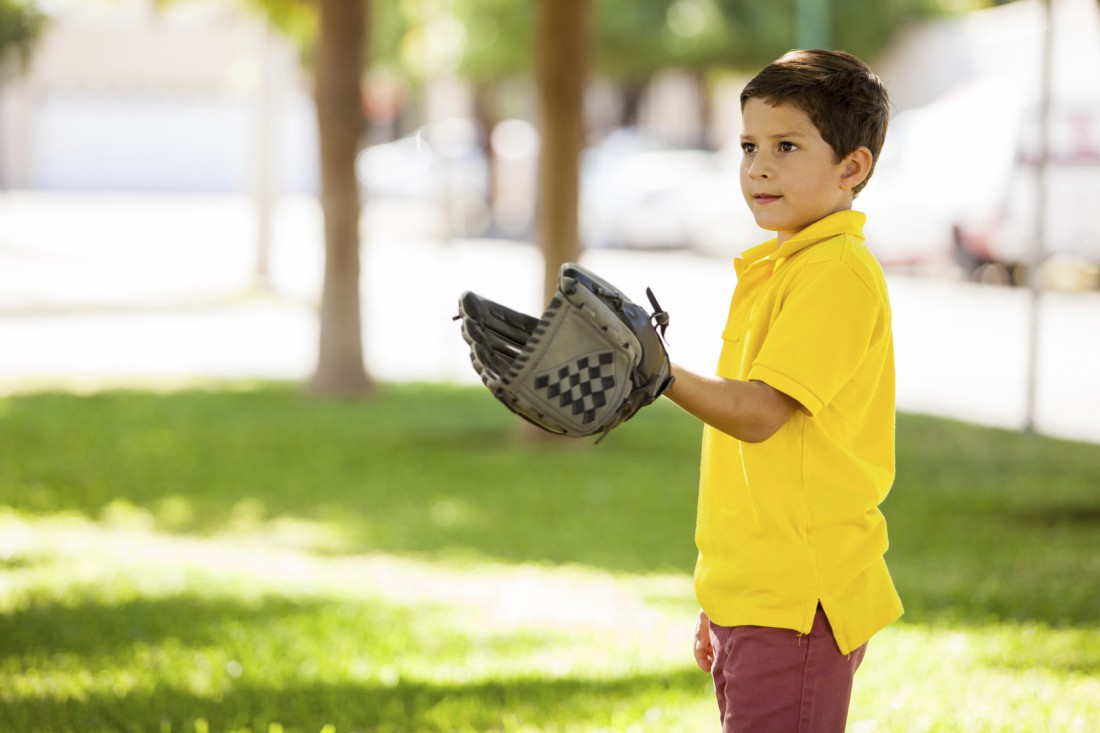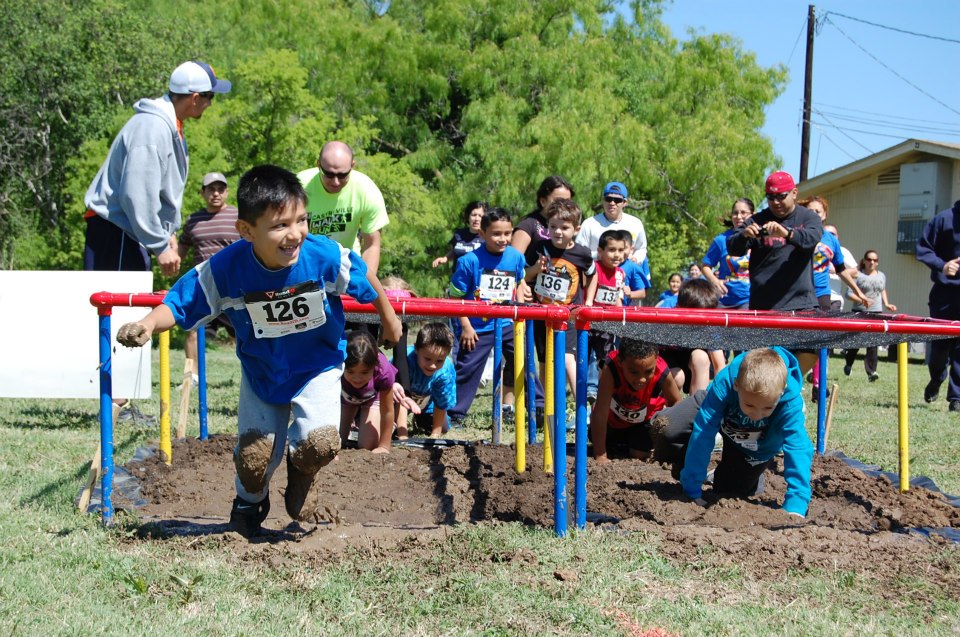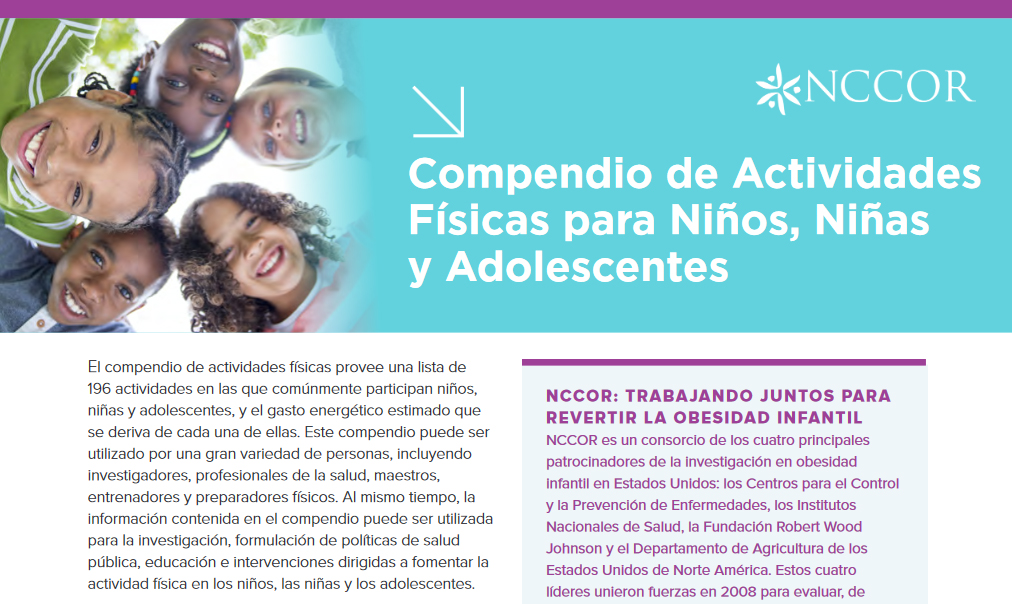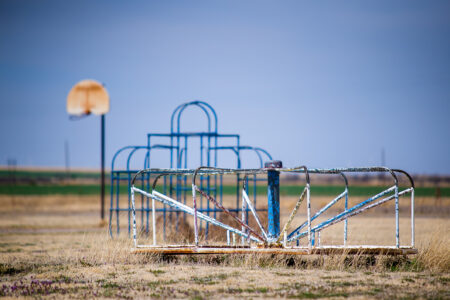
Share On Social!
What’s the best way for kids to meet physical activity guidelines?
Running? Jumping? Sports? Active video games?
A new list, the Youth Compendium of Physical Activities, is now out in Spanish and English to shed light on 196 youth physical activities and the estimated energy expenditure for each.
This exploration of youth activity—from running to soccer to cycling to Wii Sports—offers parents, teachers, coaches, healthcare workers, and researchers better insight into which physical activities contribute to a healthier lifestyle, thanks to the National Collaborative on Childhood Obesity Research (NCCOR).
“It can be used by a wide variety of people—from researchers and health care professionals to teachers, coaches, and fitness professionals—and in a variety of ways—including research, public health policy making, education, and interventions to encourage physical activity in youth,” according to NCCOR leaders.
The Need for a Compendium on Physical Activities
Physical activity is key to a healthy life.
In fact, sustained muscle contraction, from moderate activity or vigorous physical activity, increases:
 insulin sensitivity
insulin sensitivity- glycemic control in insulin resistance
- HDL cholesterol
- electrical stability of the heart
- heart structure and function
Not to mention, it reduces inflammation and risk of diabetes, heart attack, stroke, and dementia.
To help people identify the best physical activities, researchers published the first Compendium of Physical Activities in 1993. The compendium estimated energy expenditure for common physical activities among adults. By 2011, an updated compendium described over 800 activities in English or Spanish.
The First Compendium of Physical Activities for Kids
However, there was no compendium for youth or children.
Confusion about which activities provide health benefits for youth, combined with a lack of access to safe places to walk, bike and play, contribute to health disparities and developmental gaps among Latino children.
Finally, in 2008, experts created a youth compendium of physical activities.
This was an important step, but the energy expenditure values were based on adult values, due to limited data.
Then in 2012, NCCOR leaders stepped up to establish the Youth Energy Expenditure workgroup. The group reviewed existing research and studied the best ways to measure energy expenditure in youth.
A New Compendium of Physical Activities for Kids
In 2017, NCCOR released its final Youth Compendium of Physical Activities in English. We covered it here.
 The compendium adjusted the youth MET (METy) to account for the unique physiological characteristics of children and adolescents by age group: 6-9, 10-12, 13-15, and 16-18. Intensity is also categorized as light (less than 3 METys), moderate (3-6 METys) or vigorous (more than 6 METys) intensity.
The compendium adjusted the youth MET (METy) to account for the unique physiological characteristics of children and adolescents by age group: 6-9, 10-12, 13-15, and 16-18. Intensity is also categorized as light (less than 3 METys), moderate (3-6 METys) or vigorous (more than 6 METys) intensity.
For example, for a youth age 6-9, Wii Tennis is light intensity (1.6 METys), riding a bike slowly is moderate intensity (3.7 METys), and jumping rope is vigorous intensity (6.9 METys).
The Spanish-Language Compendium of Physical Activities for Kids
Now NCCOR has released its Youth Compendium of Physical Activities in Spanish.
 The Spanish-language compendium and its helpful fact sheet feature activities common in Spain, Mexico, and Colombia. It aims to give NCCOR members and Latin American researchers a tool to help address the rise of childhood obesity in this region.
The Spanish-language compendium and its helpful fact sheet feature activities common in Spain, Mexico, and Colombia. It aims to give NCCOR members and Latin American researchers a tool to help address the rise of childhood obesity in this region.
This, of course, will also help researchers in the United States, where Latino children have the highest obesity rates.
“We hope you explore this compendium from our friends at NCCOR and its 196 activities to help you determine which activities will help your child, your students, or your patients be their healthiest,” said Dr. Amelie Ramirez, director of Salud America! at UT Health San Antonio.
By The Numbers
33
percent
of Latinos live within walking distance (<1 mile) of a park



